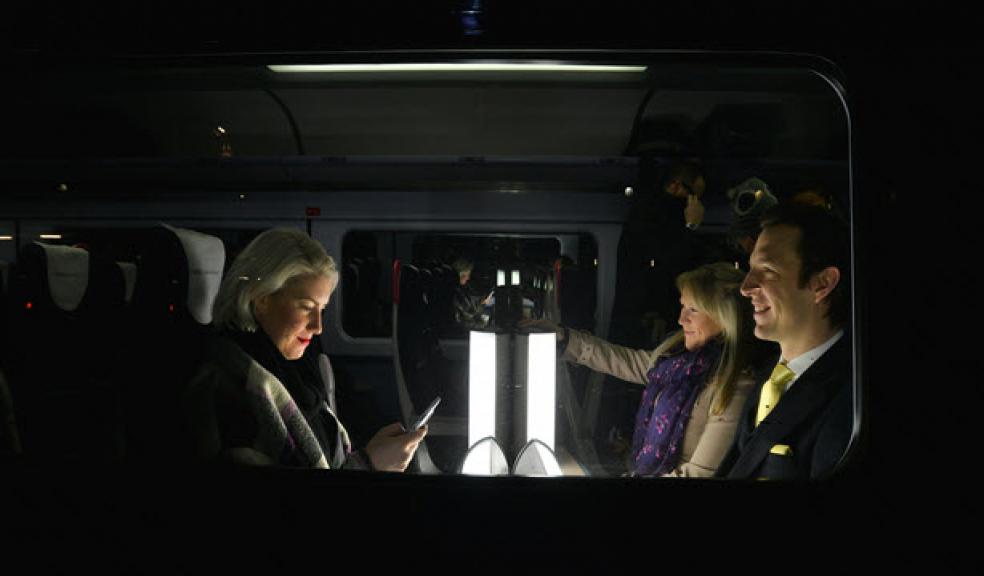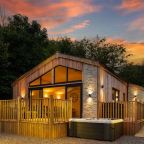
FGW announces SAD Therapy train carriage
Passengers enjoyed the first ever SAD (Seasonal Affective Disorder) therapy train carriage on the First Great Western 7.06am train from London Paddington Station to Penzance, Cornwall on Monday 2 January.
First Great Western collaborated with charity SADA, the Seasonal Affective Disorder Association, to see how they could brighten passenger’s journeys as the winter blues take their toll.
The carriage was decked out with special, bright SAD Lumie lights, which are used to help treat SAD – a type of winter depression that affects an estimated half a million people every winter between September and April, in particular during January and February. SAD is caused by a chemical imbalance due to the shortening of daylight hours, and the lack of sunlight in winter.
The 7.06am service runs daily to Cornwall, a region which has, on average, over ten more hours of sunshine a month in January than the rest of the UK, according to Met Office figures Official statistics from the MET Office (working on a 30 year average between 1981 -2010). Cornwall averages 58 hours of sunshine per month, compared with just 47 hours for the rest of the UK.
First Great Western Campaigns Manager, Jamie Anderson said: “With the dark winter mornings and evenings, and post-Christmas blues, the first few months of the year are traditionally a time when people look to book a summer holiday, or a long weekend away, often taking advantage of the longer daylight hours on the south coast.
“Until then, we are trying to shine a ray of light on people’s journeys, and help them arrive at work and travel home again without the ‘winter blues’.”
Jenny Scott-Thompson from SADA said, “With the continual lack of light and a long, cold January after the Christmas celebrations, this time of year is the peak time people suffer symptoms of SAD. We’re pleased First Great Western is taking this step to help alleviate passengers’ suffering with SAD Lumie lights on board.”
SAD Lumie lights help alleviate symptoms of depression during the dark winter days by reproducing daylight and providing bright light which immediately increases levels of alertness, boosts mood and improves overall day-to-day performance.
The lights offer high levels of light intensity as they each deliver 10,000 Lux – the method in which the intensity of visible light is measured – which provides enough bright light to get the body clock back on track. During a bright day, the level of brightness ranges from 10,000 to 25,000 Lux.











